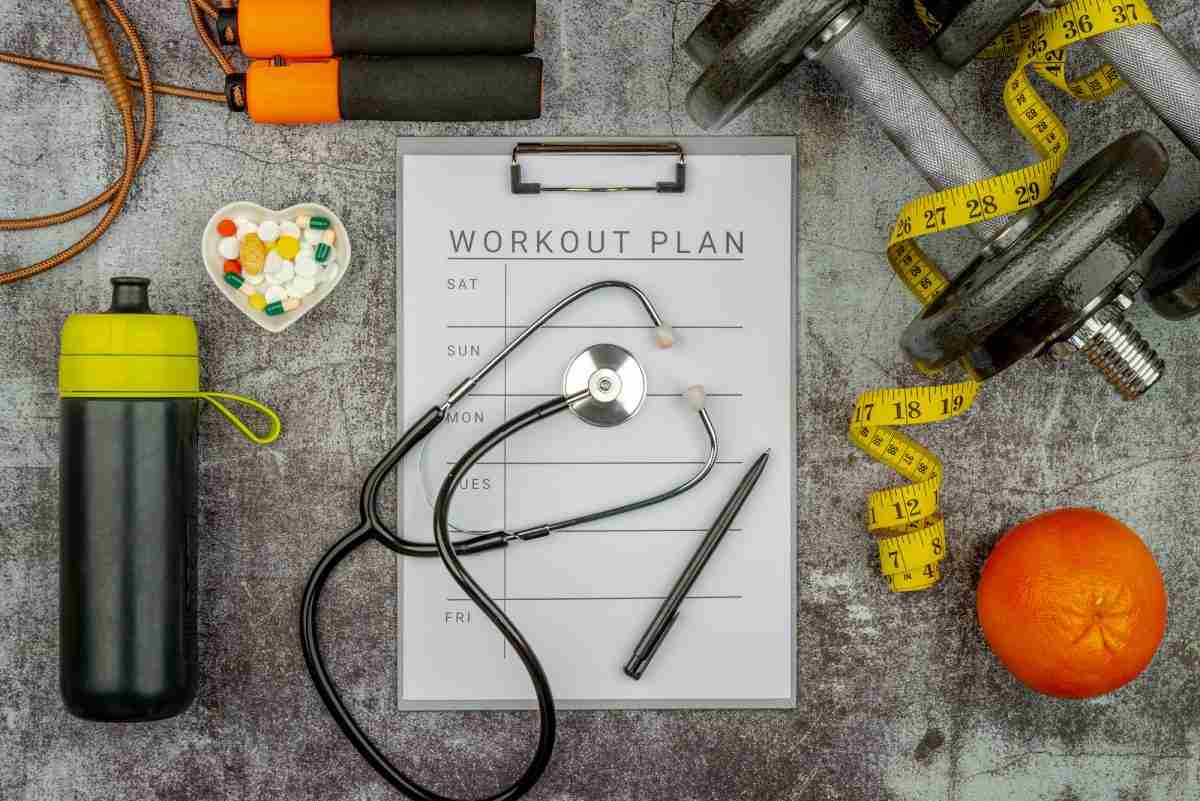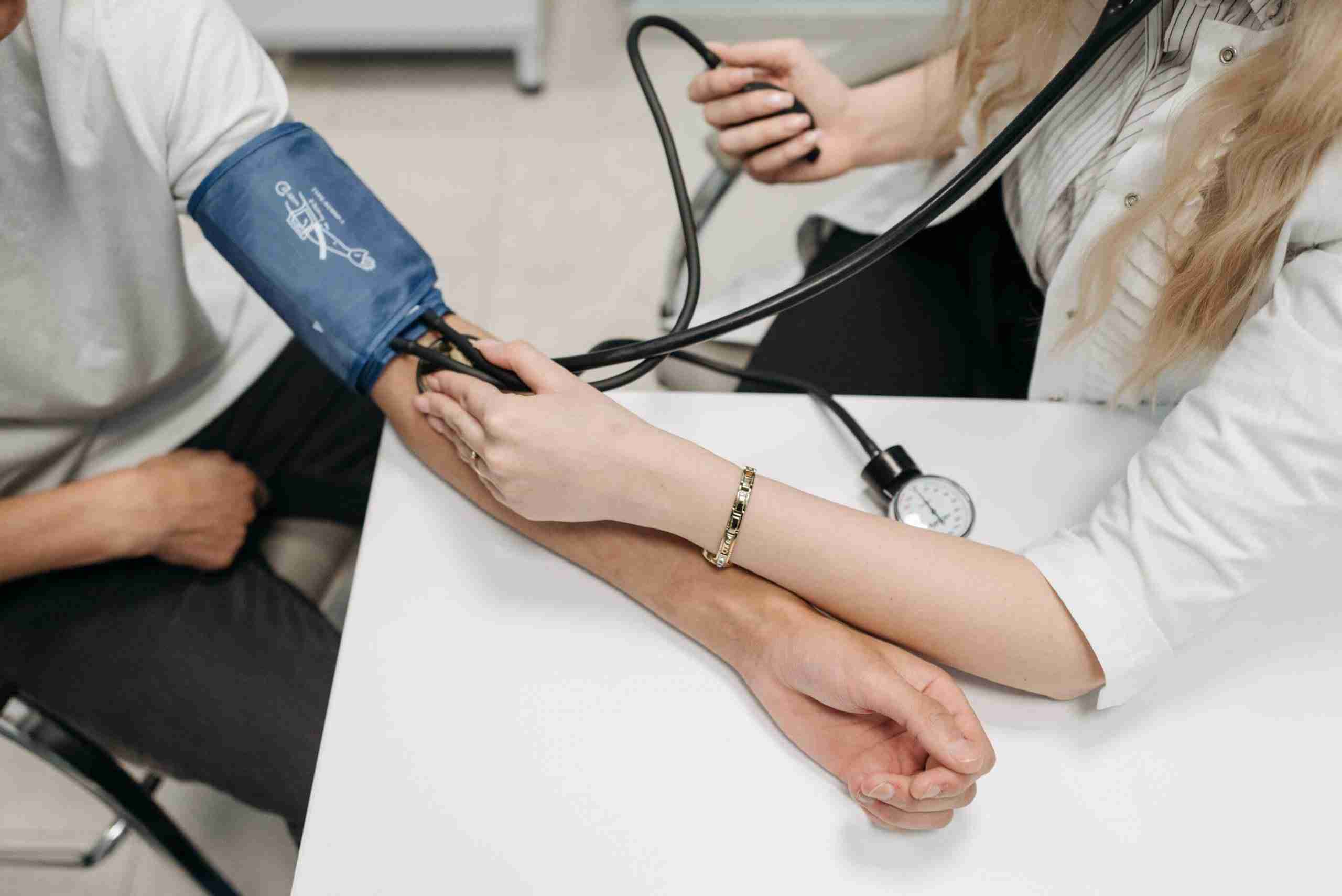Under our current complex healthcare system, costs have spiraled out of control and consumers are increasingly disconnected from the providers and services they need to manage healthcare for themselves and their families. People-driven health seeks to empower and encourage consumers to take ownership of their own health journey. We believe it can be the solution to better, more affordable healthcare for all.
While most consumers want to take responsibility for their healthcare, they don’t have the tools and information they need to make informed decisions.
But this also requires a new level of accountability from everyone within the health ecosystem. The main challenge we face is that while most consumers want to take responsibility for their healthcare, they don’t have the tools and information they need to make informed decisions. What’s getting in the way? In the current healthcare ecosystem, payers and providers hold all the cards in a setup that’s complex, confusing and lacks transparency. Technology could change all that by powering a people-driven healthcare system that puts consumers in control.
Healthcare Costs Have Skyrocketed
In 2018, the cost of healthcare for a family of four in the U.S. reached an all-time-high of $28,166. The good news is that costs of inpatient, physician, pharmacy home healthcare and ambulance services have grown at a slower rate. However, during the last decade healthcare costs for a family of four rose an average of $100 per month when you factor in premiums, deductibles and out-of-pocket expenses. Even with employers bearing some of the cost of health insurance, employees have shouldered much of the increases in health plan premiums.
Why is it So Hard to Keep Costs Down?
In part, it’s because healthcare consumers have little access or insight into how healthcare works and how much services actually cost. Consumers are also frequently unaware of the close connection between their health-related choices, the consequences of those choices, and the subsequent impacts on costs and quality of care.
Healthcare is Complex and Confusing
It takes significant time and effort to navigate our current healthcare system. An Experian Health study of 1,000 consumers and select providers identified 137 distinct jobs associated with a typical healthcare experience. When bucketed into broader themes such as shopping for a plan, preparing for doctor visits, managing a diagnosis, shopping (again) for the right treatment, managing prescriptions and paying for it, the study reveals a consumer journey that could take any number of twists, turns and detours. Not surprisingly, the study also identified that the biggest consumer pain points center on the financial and administrative aspects of healthcare. People are especially frustrated with the number of complicated tasks related to paying for care, from shopping for health insurance to understanding provider pricing to paying their medical bills. Today’s healthcare system is not only frustrating, it’s confusing. There are multiple tiers of payers, and numerous plans and programs offering a complex array of services. Prices and coverage vary widely between providers, and plans can change dramatically year to year. There’s no standardized system to help consumer conduct apples- to-apples comparison shopping. So consumers are hard-pressed to sift through all the details to determine the lowest-cost, highest-quality choices. In the face of all this confusion, people leave decisions up to their doctors, who often consider convenience over cost when ordering services like tests and procedures. As a result, consumers frequently use higher-cost services that aren’t necessarily higher quality. For anyone who has tried to seek price differences among testing facilities knows that often the facilities themselves aren’t sure how to break out pricing options for a consumer outside of the typical, often over-priced, insurance price. Additionally, price isn’t the only opaque part of the system that can baffle consumers. Many are unaware that they have rights to their personal health data – rights to request, see, and secure copies of their health records under HIPAA. For many health consumers, this information may be available through their provider’s patient portal, but even with the availability of patient portal access hitting 52%, only about half of those even access the data… for a total of about 28%. Even fewer of those accessed that information independently – the vast majority of them had to be prompted by a payer or provider. Not surprising when you consider the massive amounts of portals, passwords, and health interactions a typical health consumer has to engage with.
Healthcare Costs and Coverage Options are not Transparent
Another barrier to personal accountability is a lack of transparent pricing. Financing in our healthcare system consists of complex arrangements between employers, third-party payers, the government, providers and patients. When consumers are cut out of the process by third parties, who negotiate prices and pay providers on the patient’s behalf, it’s hard to identify or question the actual costs. To make matters worse, healthcare prices vary depending on who is paying. The result is that it’s almost impossible for providers to create a standardized, consumer-friendly price list that reflects what patients would reasonably pay if they were billed directly. In addition, many people are limited to employer-provided plans that encourage a “set it and forget it” approach. Some plans do offer comparison tools to help determine how much coverage is needed. But no one can predict the future need for services like doctor visits, diagnostic tests, or emergency care. Finally, don’t forget to factor in-network and out-of-network coverage, prescription drug coverage, vision and dental! It’s not realistic to expect that anyone can accurately balance the costs of a family’s routine and preventative care, plus unquantifiable future healthcare needs, with-out-of-pocket payments like deductibles, copays and coinsurance. That’s why most people take the path of least resistance, which contributes to higher costs.
A People-Driven Healthcare Approach
In a better world, healthcare would be a people-driven system. In this world, consumers would have the tools and transparency to take ownership of every aspect of their healthcare. From determining how much they pay, to how they partner with providers, to managing their fitness and nutrition, consumers would have easy access to the information and resources they need to manage their healthcare. Consumers would have access to technology that enables data-driven decision-making, allowing them to gather health information, view electronic health records in real-time, and enable analytics to manage and maintain a healthier lifestyle. Additionally, imagine that all of that data and analytics would also prompt you to be a more proactive participant in your own health and wellness. Not only do you have access to the data, but it proactively alerts you to appointments, immunization needs, health incidents that require immediate attention, and possible health needs of children or elderly family members in your care. As consumers take more accountability, providers and payers would also have to shift to new models that make it easier to be engaged in the process. This type of healthcare ecosystem would help promote lower costs, provide the opportunity for better, more personal care, more involved follow up, and give health providers better data off of which to base diagnoses and treatments, perhaps even eventually leading to improved outcomes.
Healthier Lifestyles Save Lives
According to the Centers for Disease control (CDC), up to 40 percent of deaths from heart disease, cancer, chronic lower respiratory diseases, stroke, and unintentional injuries are preventable. The CDC studied deaths from each of these five leading causes between 2008-2010 and found that between 20 and 40 percent of deaths could have been avoided by making changes to personal behaviors. The study also noted that the five leading causes of death have many common risk factors including high blood pressure, high cholesterol, lack of physical activity, and obesity. If given the information to be aware of these risks in their own personal health profile, consumers could proactively make changes like improving their eating habits, quitting smoking and limiting alcohol intake in order to improve their health and prevent premature death.
Active Healthcare Management can Save Money
Prices for the same in-network procedure can vary by over 500% depending on the provider, so chances are patients are paying way more than they have to for procedures. More importantly, the higher-cost procedure doesn’t necessarily guarantee higher quality. But it never occurs to most patients to monitor or question prices because a third party HMO or PPO is often the one paying for everything upfront. Consumer engagement and comparison shopping can be powerful tools to drive down costs. In a people-driven healthcare system, patients could factor in out-of-pocket costs when deciding which providers they will see and which services they want to receive. As more consumers demand pricing information, healthcare providers would be pressured to price themselves competitively without compromising quality. How can technology help? Technology plays a central role in people-driven healthcare.
- Consumers can use data and insights to connect the dots between their behavior, healthcare consequences and costs.
- They can then make better choices that benefit their health.
- As consumers gain more control over their journey they also become more engaged, and this oversight helps keep prices in check and promotes higher quality.
Virtual reality, augmented reality, artificial intelligence, and wearables are just a few of the technologies and devices that could combine with data-sharing and predictive analytics to give people useful health information and treatment options.
- Consumers could work on their own or partner with doctors to proactively prevent, diagnose, and manage chronic conditions outside of traditional healthcare settings.
- Personalized data from connected devices that track steps, physical activity levels, diet and sleep patterns, and calculate measurements such as weight, blood pressure and glucose, could be automatically integrated with electronic health records, in near real-time.
- Having the big picture would inform better decisions about a person’s plan of care and potentially improve coordination and communication between providers.
- Using digital assistants and other tools on a smartphone, tablet, or mobile device can help consumers stay on top of their health information and set up reminders for medications, tests, and appointments.
Reminders and alerts using personalized, real-time data can also be great motivation for people to make better choices and prevent health issues. For example, a diabetic may see a high glucose alert on their wristwatch and take immediate action to avoid a dangerous and costly health crisis. Additionally, new technologies are emerging to improve data security and enable interoperability of devices to share data that creates a more complete health picture of the consumer. But while technology holds a great deal of promise for helping healthcare consumers manage their overall health journey, there are still barriers that keep the process from being transparent or simple. Interoperability issues still arise among technologies, apps, and other data sources. Once a consumer secures his or her family’s health records, where are those records kept, how are they shared, are they secure, who gets to see them, and how are permissions granted? And how can someone access all of those different data points to get a clearer picture of overall health and wellness and take the steps necessary to improve their health and the health of those in their care?
Technology Can Also Help Lower Costs
Financial tools that use a consumer’s own personal health data could help them understand the complete costs of everything attached to their care, from doctor visits to services to ongoing management. It also enables tools that allow consumers to activate payment plans, apply for financial assistance, estimate the cost of care, and review insurance benefits. All of these can give consumers greater transparency and control over costs while helping them avoid the financial pain points.
Empowering people to take ownership of their healthcare experience for themselves and their families will go a long way toward driving down costs.
No one said that creating people-driven healthcare would be easy. But empowering people to take ownership of their healthcare experience for themselves and their families will go a long way toward driving down costs and creating a more complete health picture that consumers can use to improve health and wellness. As we will address in future pieces, a more transparent, people-driven health model is inching us closer to overcoming the numerous barriers facing consumers as they try to assume more ownership and accountability of their health records and data. Using today’s technology, people can personalize their healthcare experience and get the clarity they need to take part in the process, take control of their care, and help make quality care more affordable for everyone.


















